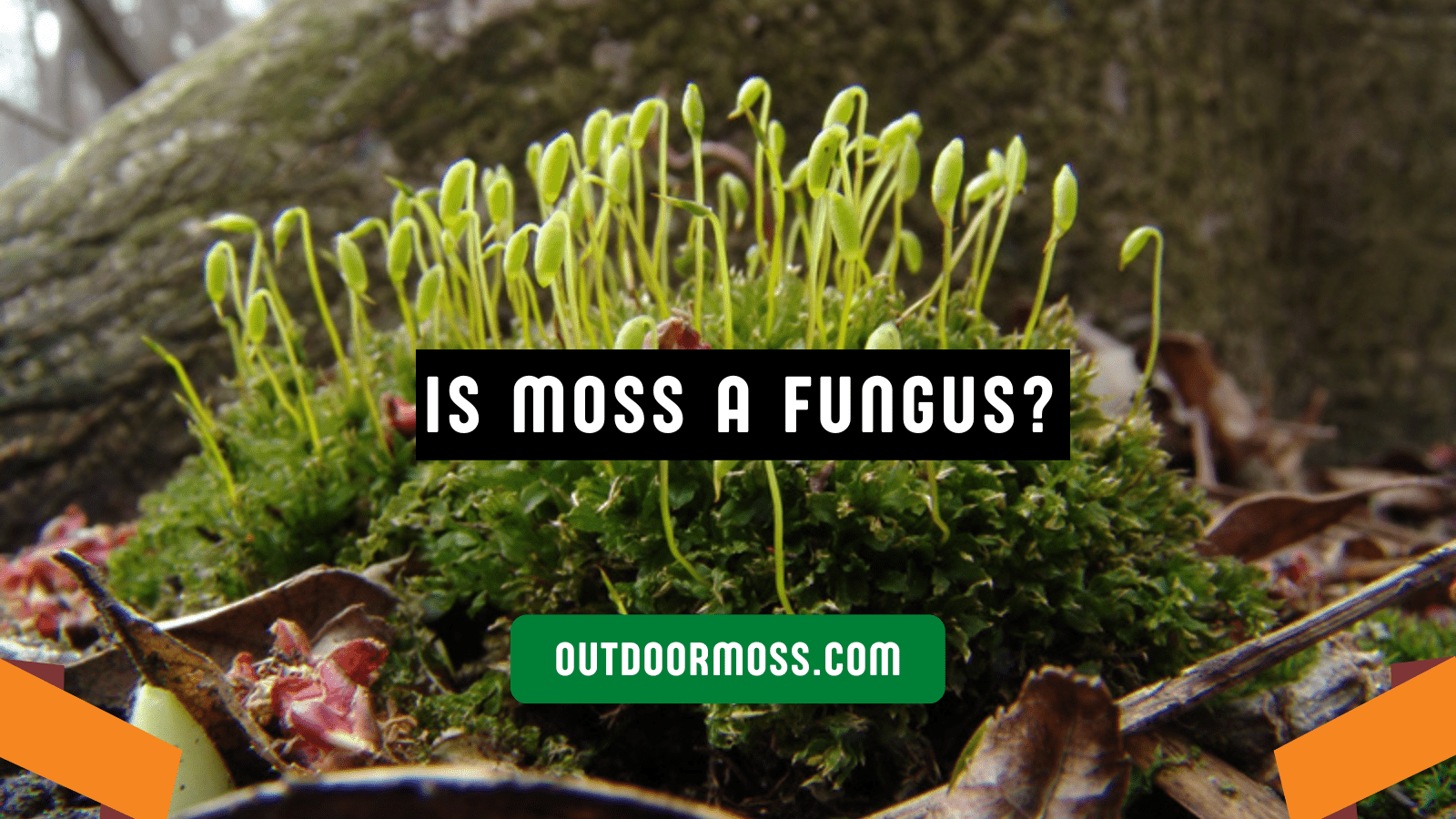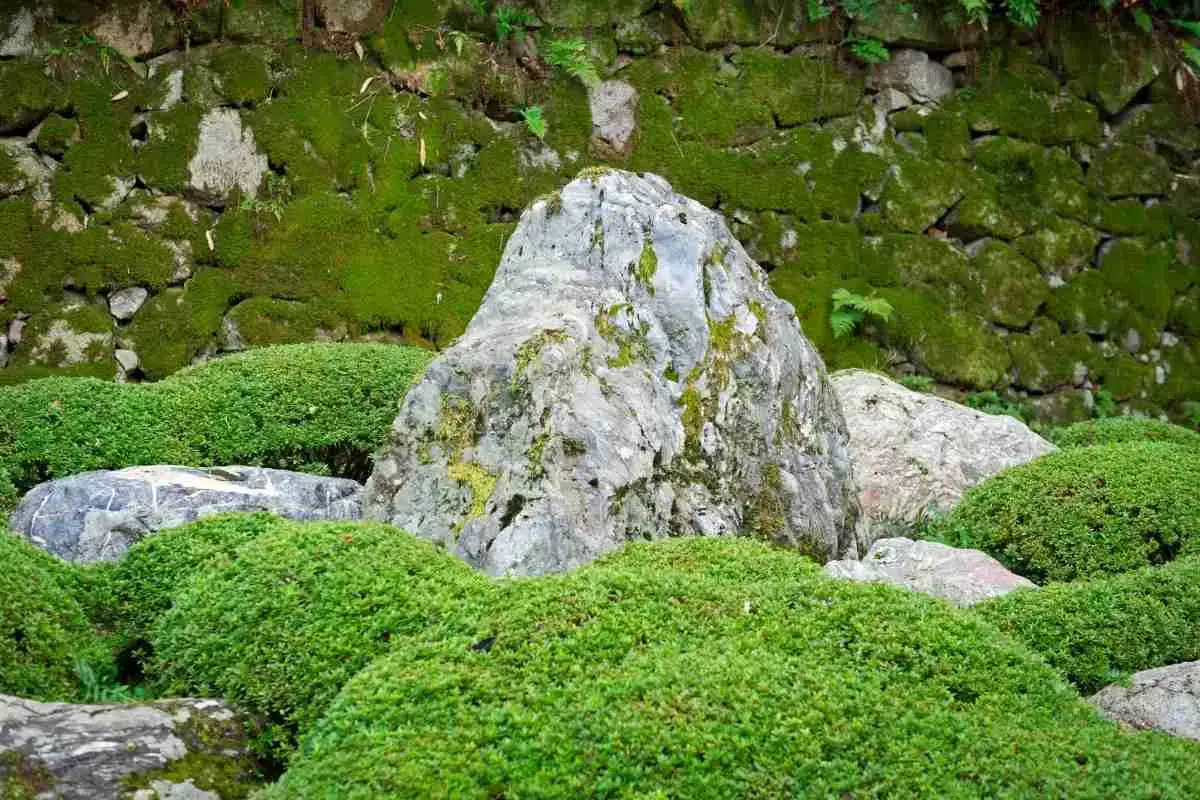
11 Types Of Moss That Grows On Rocks!
Read more
What Is A Moss Pole? And Why Are They Used?
Read more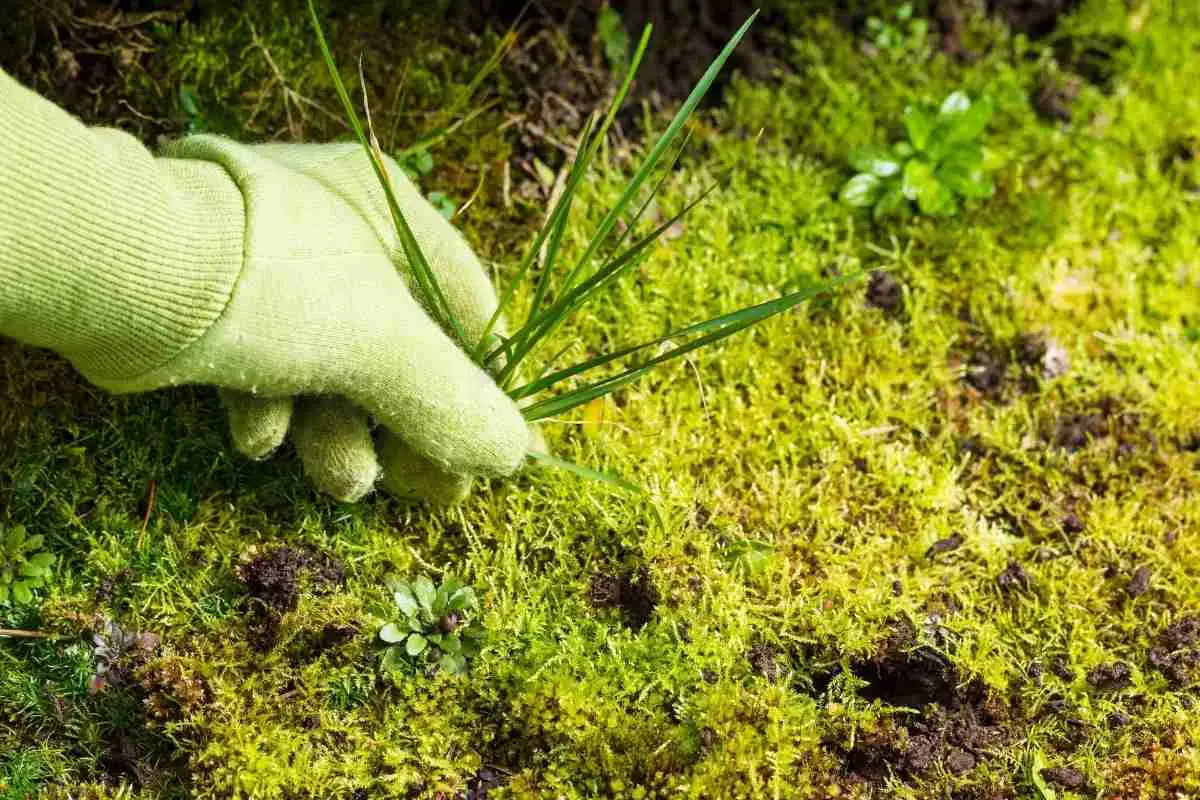
8 Simple Tips For Keeping Moss Alive!
Read more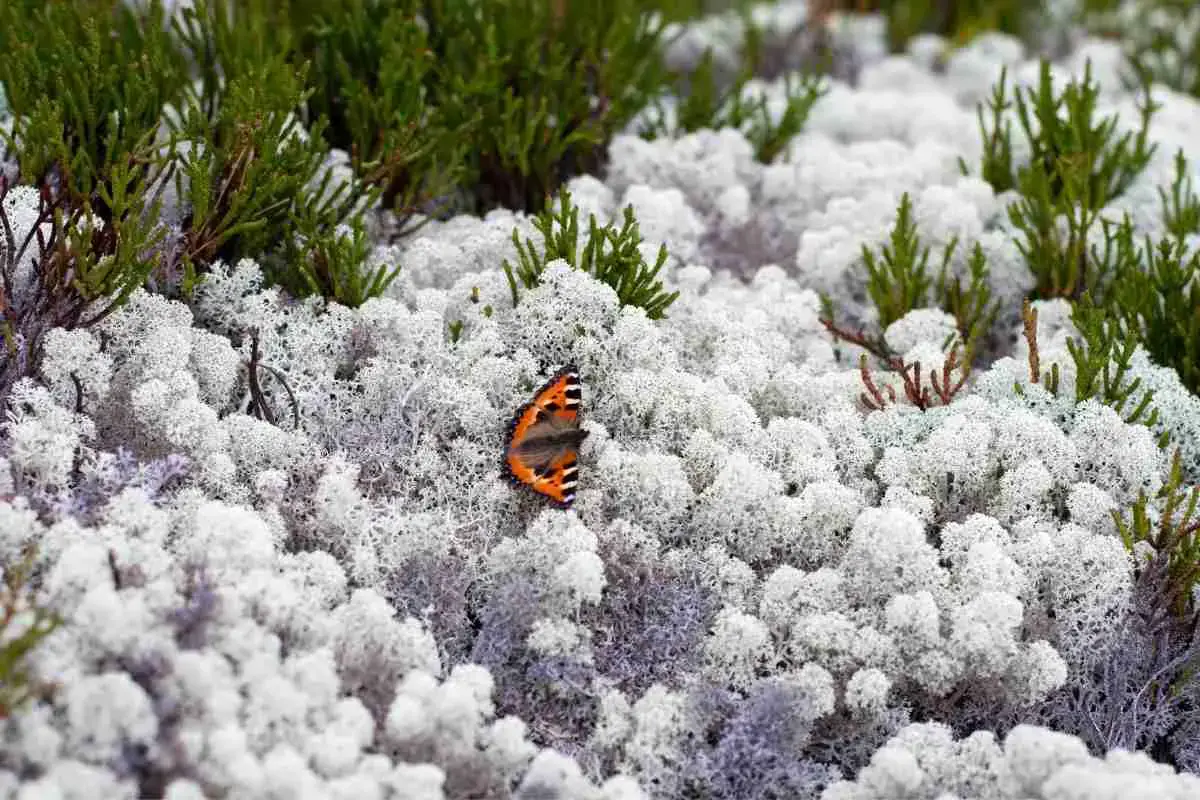
22 Different Types of Lichens (Detailed Guide)
Read more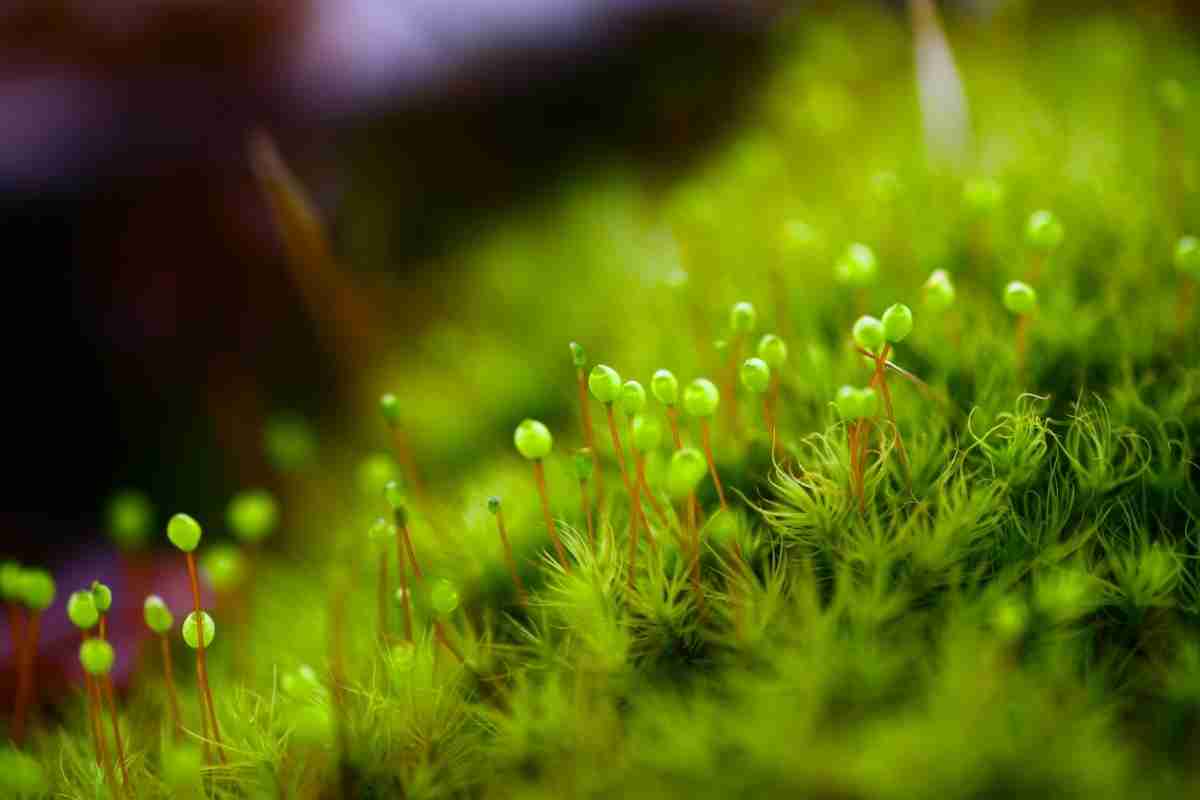
How Does Moss Reproduce? (Asexually And Sexually)
Read more
Can Rabbits Eat Moss?
Read more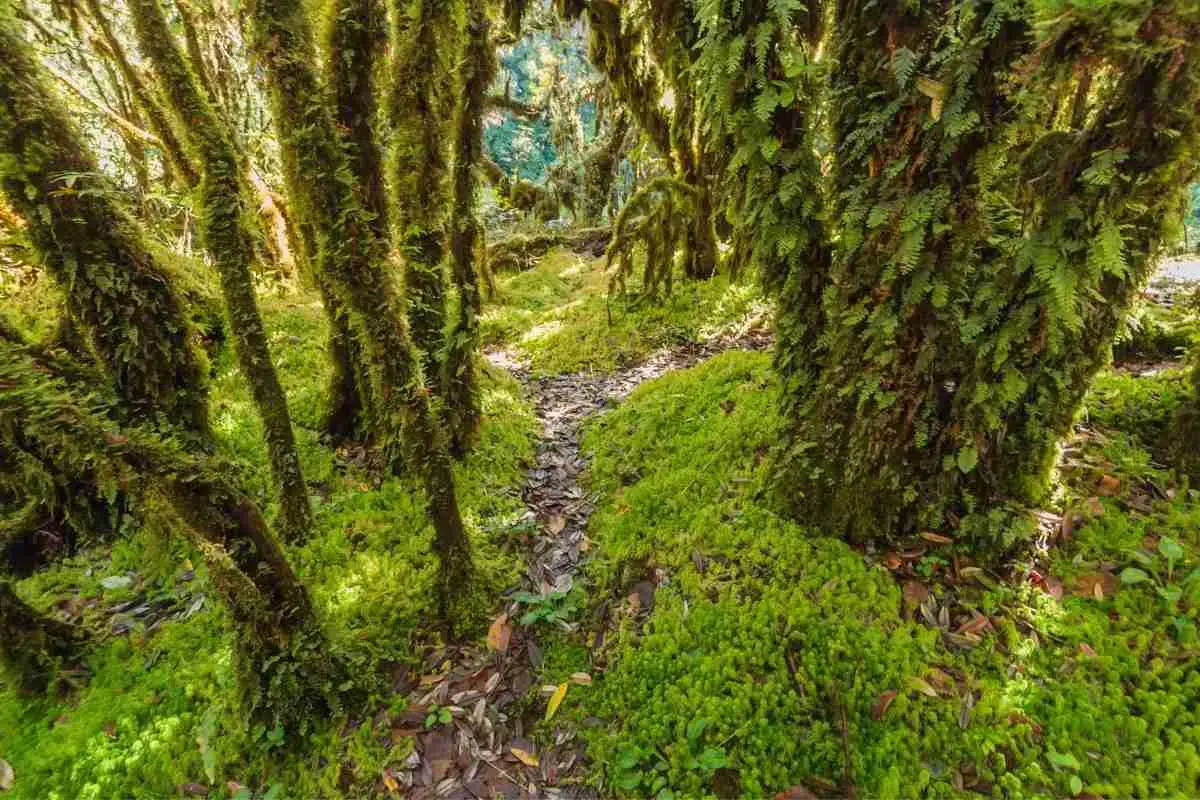
8 Types Of Moss That Grows On Trees
Read more
5 Best Moss Killers for Block Paving
Read more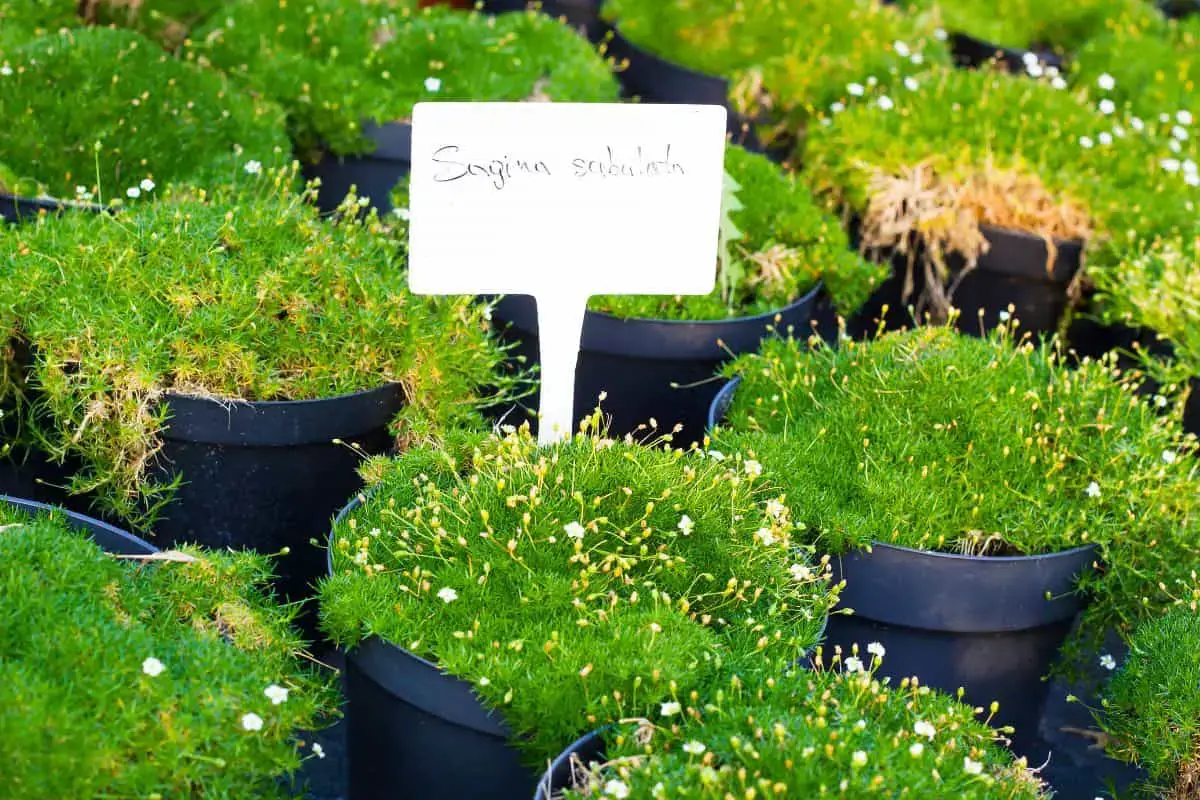
How To Grow Irish Moss Between Pavers?
Read more
The best way to care for Spanish moss (Tillandsia usneoides). Simple and fast
Read more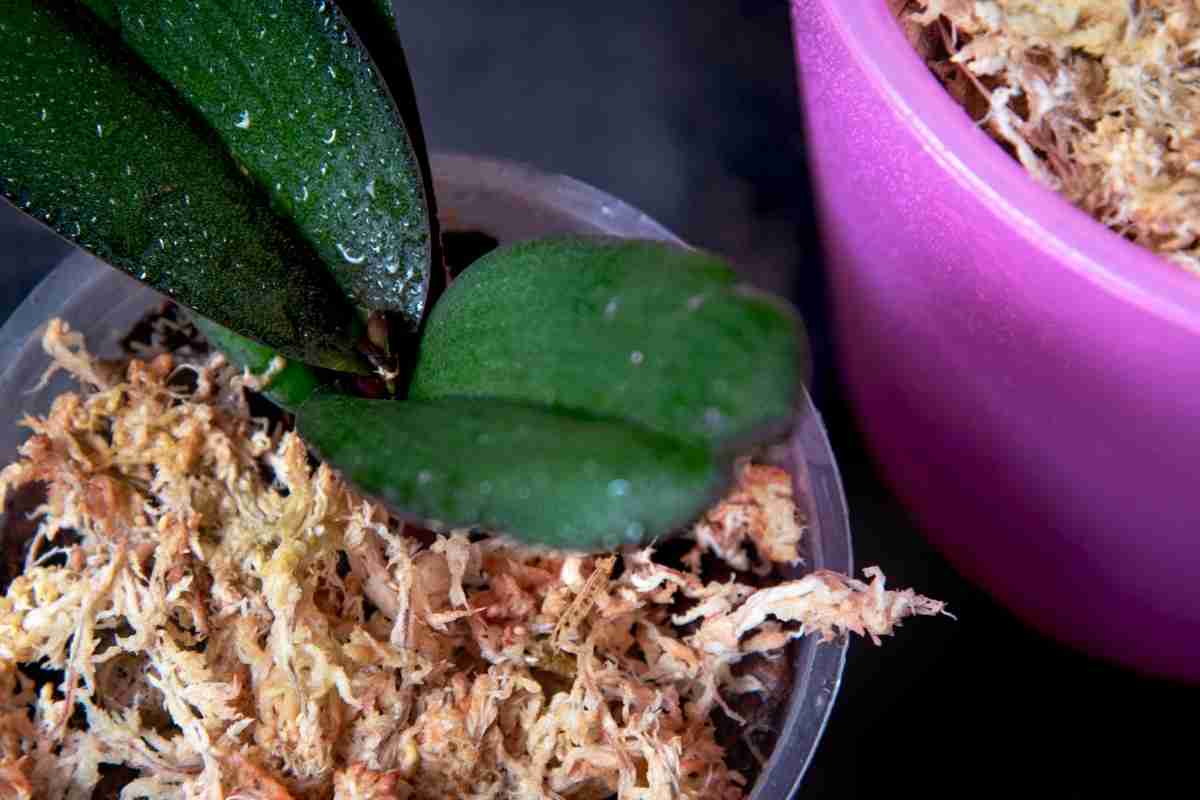
Can Dried Sphagnum Moss Come Back To Life?
Read more